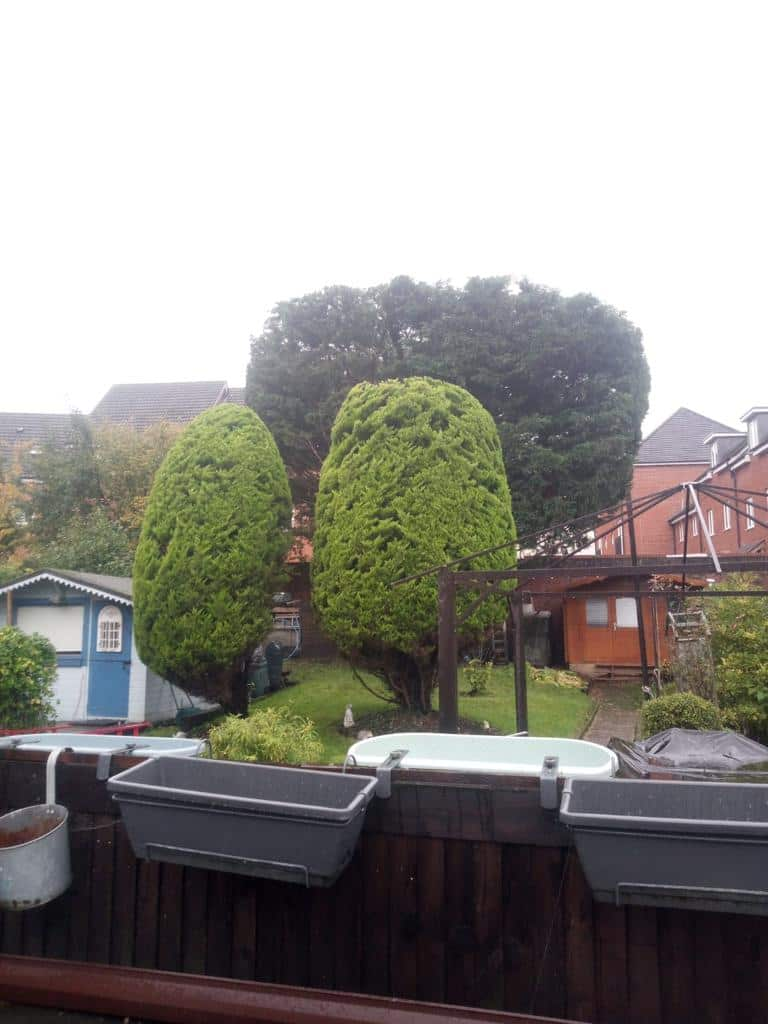Tree surgery is an essential service that ensures the health, safety, and aesthetic appeal of trees on both residential and commercial properties. At LM Tree Surgery Bognor Regis, based in Bognor Regis, West Sussex, we offer a wide range of professional tree surgery services. Each type of tree surgery has its own specific purpose, and understanding these procedures can help you choose the right solution for your trees. In this blog post, we’ll explore some of the most common types of tree surgery, from crown lifting to pollarding, and explain when they should be used.
1. Crown Lifting
Crown lifting is the process of removing the lower branches of a tree, raising the height of the crown to create more space underneath. This is often done to improve visibility, allow more light to pass beneath the tree, or create clearance for vehicles and pedestrians.
- When to use crown lifting: Crown lifting is ideal for trees that overhang paths, roads, or gardens where more headroom is required. It is also beneficial for improving access to a property or enhancing views.
- Benefits: This procedure can improve the aesthetics of a tree, reduce the risk of damage to vehicles or structures, and allow for better light penetration to the surrounding area.
2. Crown Reduction
Crown reduction involves reducing the overall size of a tree by cutting back branches evenly throughout the crown. This helps to maintain the tree’s shape and size without compromising its health.
- When to use crown reduction: This method is suitable for trees that have grown too large for their surroundings or are in danger of being damaged by high winds. It is also useful for reducing the weight of the crown, which can help prevent branches from breaking.
- Benefits: Crown reduction improves the balance and shape of a tree, reduces the risk of damage from storms, and maintains the tree’s natural appearance.
3. Crown Thinning
Crown thinning is the selective removal of branches throughout the tree to reduce its density. Unlike crown reduction, crown thinning does not alter the overall size or shape of the tree, but rather allows more light and air to pass through the canopy.
- When to use crown thinning: This technique is often used for trees that are overly dense, blocking light or air from reaching the surrounding area. It can also reduce wind resistance, making the tree more stable during storms.
- Benefits: Crown thinning improves light and air circulation, reducing the tree’s susceptibility to diseases and improving the health of the plants and grass beneath it.
4. Pollarding
Pollarding is a method of tree management that involves removing the upper branches of a tree to control its size and encourage new, vigorous growth. This technique is typically applied to young trees and is repeated regularly throughout the tree’s life.
- When to use pollarding: Pollarding is suitable for trees in urban environments where space is limited, or where the tree needs to be kept at a manageable size. It is often used for species such as lime, plane, and willow.
- Benefits: This method encourages new growth while keeping the tree at a reduced size, making it ideal for trees planted near buildings, roads, or utility lines.
5. Tree Felling
Tree felling is the complete removal of a tree, either due to disease, damage, or because it poses a safety risk to the surrounding area. This process can be carried out in a controlled manner, either by cutting the tree down in one piece or by sectional dismantling, depending on the location and size of the tree.
- When to use tree felling: Tree felling is necessary when a tree is dead, severely damaged, or poses a danger to property or people. It is also used when a tree needs to be removed to make way for new construction or landscaping projects.
- Benefits: Removing hazardous or dead trees eliminates safety risks and makes room for new plants or structures.
6. Stump Removal and Grinding
After a tree has been felled, the stump remains. Stump removal or grinding is the process of eliminating this leftover stump to allow for replanting or landscaping.
- When to use stump removal: Stumps should be removed if they pose a tripping hazard, attract pests, or interfere with new planting or construction. Stump grinding is the less invasive option, as it grinds the stump down below ground level without completely removing it.
- Benefits: Removing or grinding the stump improves the appearance of your landscape and prevents issues such as pests, fungi, or new growth from the stump.
Conclusion
Understanding the different types of tree surgery is essential for maintaining the health and safety of your trees. From crown lifting to pollarding, each method serves a specific purpose and requires the expertise of professional tree surgeons. At LM Tree Surgery Bognor Regis, we offer all of these services, ensuring your trees receive the care they need to thrive in their environment.
Call us on: 01243 973 494
Click here to find out more about LM Tree Surgery Bognor Regis
Click here to complete our contact form and see how we can help with your tree needs.

